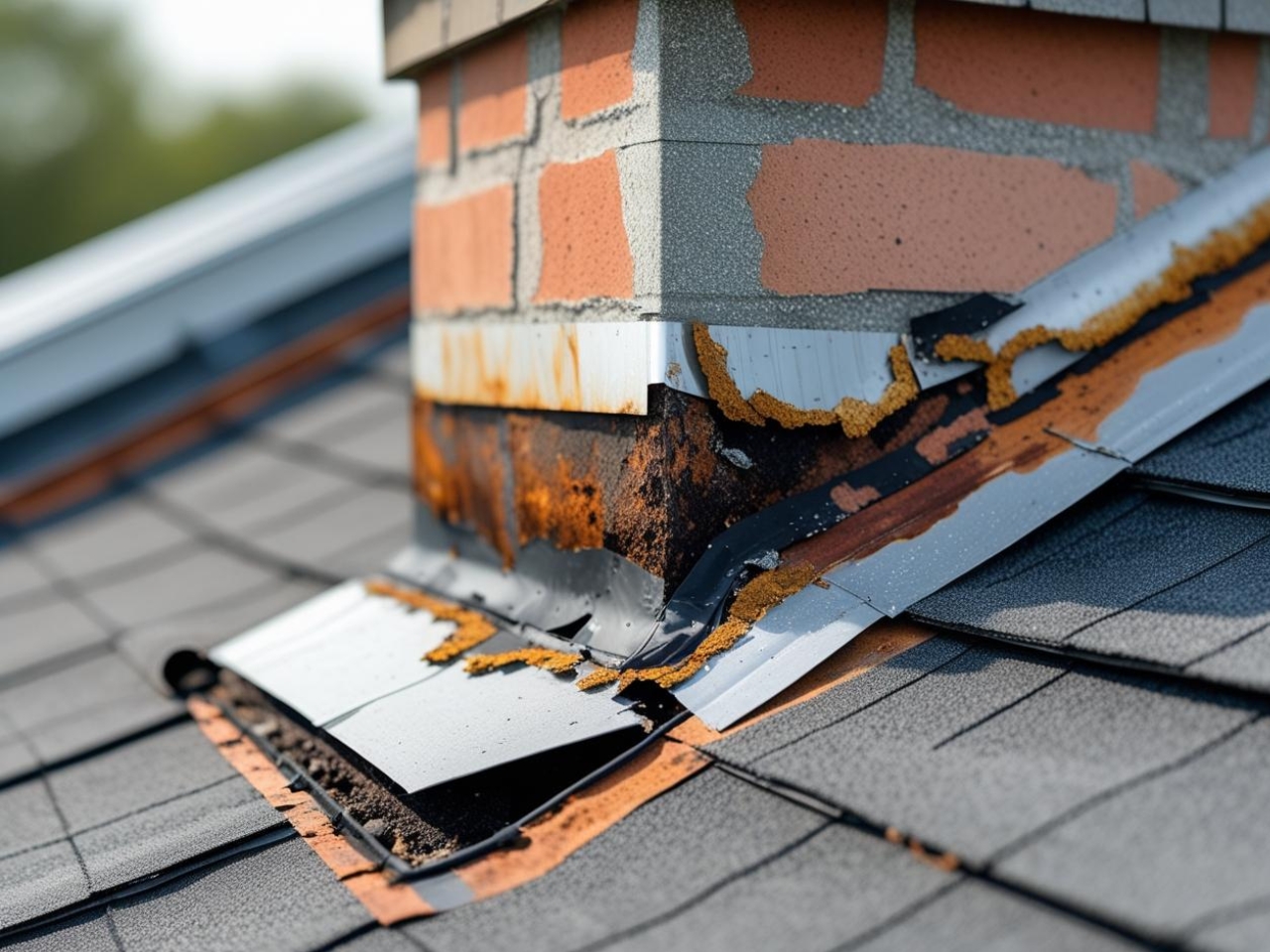
How to Get the Best Roof Financing Deal in Franklin Beau Williams June 13, 2025 Roof Replacement Chimney flashing plays...
Beau Williams
July 28, 2025
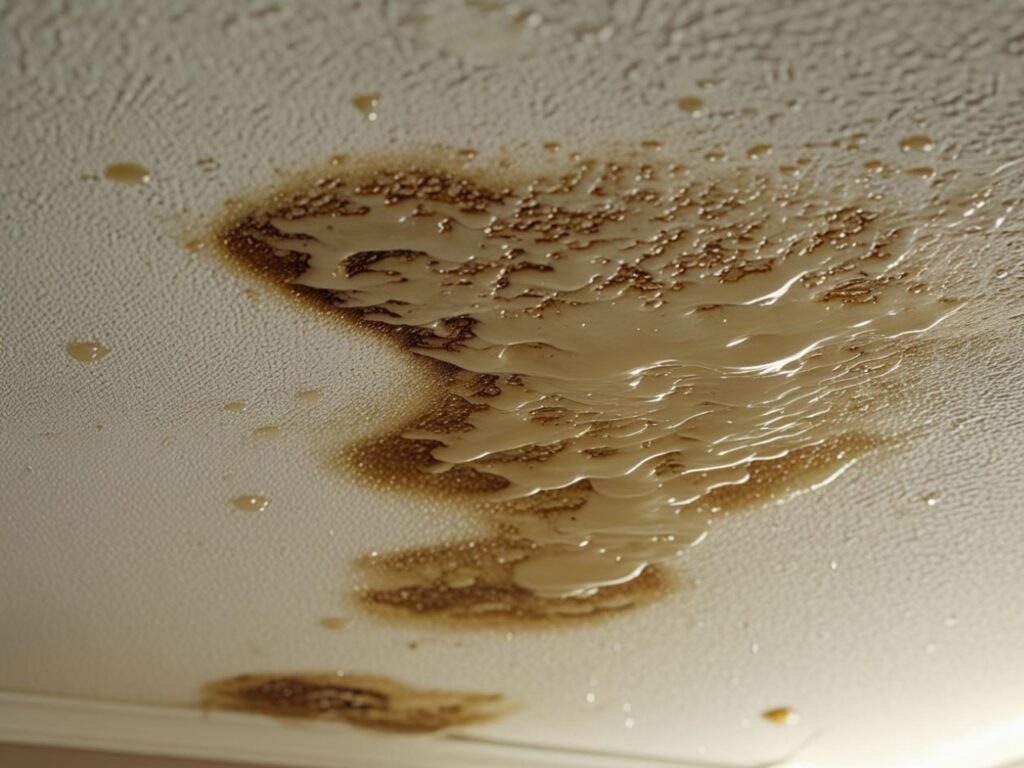
As the sun shines brightly and temperatures rise, many homeowners begin to focus on summer maintenance tasks around the house. While summer is often associated with enjoying the outdoors and spending time in the garden, it’s also the perfect season to assess your roof and ensure it’s ready to withstand the challenges that come with the hotter months. Surprisingly, summer is also a time when roof leaks can become a significant concern for homeowners. Understanding the causes of roof leaks and taking proactive steps can help you avoid expensive repairs down the line.
While winter is often seen as the primary season for roof damage, summer brings its own set of risks. High temperatures, severe storms, and sun exposure can all contribute to the deterioration of your roof. Let’s break down some of the common causes of roof leaks that you should be aware of during the warmer months.
The summer sun can be particularly harsh on your roof. Over time, UV rays break down the protective coatings on roofing materials like asphalt shingles. The intense heat can cause shingles to become brittle, crack, and even warp. Once the shingles begin to degrade, they lose their ability to repel water, which can lead to leaks when it rains.
In addition to sun exposure, thermal expansion plays a role. Roofing materials expand when heated by the sun and contract when temperatures drop in the evening. This repeated expansion and contraction can cause the materials to weaken, creating spaces that allow water to enter your home.
Proper roof ventilation is crucial in preventing both leaks and other long-term damage. Without adequate airflow, heat and moisture can accumulate in your attic, leading to a host of problems, including mold growth, rot, and leaks. In summer, the buildup of heat in your attic is particularly problematic. If your attic isn’t properly ventilated, the hot air can cause the roofing materials to deteriorate faster than they would under more ideal conditions.
Furthermore, a lack of ventilation can lead to condensation, which, when combined with moisture, weakens roofing materials and increases the likelihood of leaks. This is why it’s vital to ensure that your attic is properly ventilated, especially during the summer months when attic temperatures can soar.
Gutters are designed to channel rainwater away from your roof and home, preventing water damage and leaks. However, if your gutters become clogged with leaves, twigs, or debris, they can’t do their job properly. When it rains, the water overflows from the gutters, pooling around the foundation of your home or seeping into the roof.
Even in summer, thunderstorms and sudden downpours are common. If your gutters are clogged, the excess water can find its way under shingles and into your attic, causing leaks. To prevent this, it’s essential to clean your gutters regularly during the summer months and keep them free of debris.
Summer storms can bring heavy rain, hail, and strong winds, all of which can damage your roof’s shingles. Hailstorms, in particular, can cause significant damage to the roof, leading to cracks, dents, or missing shingles. These damaged shingles compromise the roof’s ability to shed water, making leaks more likely when it rains.
Strong winds can also blow shingles off the roof, leaving areas exposed to the elements. If shingles are missing or damaged, water can seep into the underlying layers of the roof, eventually finding its way into your attic or ceilings.
If your home is surrounded by large trees, overhanging branches can pose a threat to your roof. During summer, the weight of branches and the force of summer storms can cause them to break or scrape against the roof, damaging shingles and creating potential entry points for water.
Falling branches can also block gutters, preventing them from properly directing water away from your roof. In addition, tree sap, leaves, and other debris can accumulate on your roof, causing the shingles to deteriorate faster.
Like all parts of your home, your roof experiences wear and tear over time. Even without extreme weather conditions, the constant exposure to sunlight, rain, and temperature fluctuations can cause roofing materials to degrade. After several years, your roof may be more susceptible to leaks, especially if regular maintenance hasn’t been performed.
As roofing materials age, they lose their ability to expand and contract with the weather, and small cracks and gaps begin to form. These minor imperfections may not cause immediate leaks, but they can eventually lead to serious water intrusion issues.
Roof penetrations—such as chimneys, skylights, and vent pipes—are vulnerable areas on any roof. The flashing around these penetrations is designed to prevent water from seeping in. However, over time, flashing can become loose, cracked, or damaged by storms and heat. When flashing is compromised, water can easily infiltrate these areas, leading to leaks in your home.
Improper installation of flashing is also a common cause of leaks. If flashing wasn’t installed correctly, gaps or misalignments may allow water to seep in, even during mild rain.
Now that we’ve covered the common causes of roof leaks during summer, let’s explore some strategies you can use to prevent these issues from affecting your home.
The best way to prevent roof leaks is by staying ahead of potential problems. A professional roof inspection can identify any weak spots, worn shingles, or flashing issues before they turn into major leaks. Scheduling an inspection at the start of the summer allows you to address any problems before heavy rain or storms arrive.
Make sure your attic is well-ventilated to prevent heat buildup that can damage your roof. You can install additional vents or upgrade your existing ventilation system if necessary. Good ventilation helps regulate temperature and moisture levels in the attic, reducing the risk of roof leaks and other related issues.
Keeping your gutters free of debris is essential for preventing roof leaks. Regularly clean your gutters, especially before the summer storm season, to ensure that they can channel water away from your roof effectively. This simple maintenance task can save you from costly repairs down the road.
If you notice that any shingles are damaged, cracked, or missing, replace them as soon as possible. Even small gaps can lead to big problems when rainwater finds its way under the shingles. By addressing shingle damage early, you can prevent leaks and extend the lifespan of your roof.
If there are trees near your roof, trim any branches that hang over it. Not only will this prevent branches from scraping against your roof, but it will also reduce the risk of debris clogging your gutters. Regular tree maintenance will help protect your roof and keep it in good condition.
Ensure that the flashing around chimneys, skylights, vents, and other roof penetrations is intact and properly sealed. Check for any cracks or gaps and reseal them if necessary. Well-maintained flashing is crucial for keeping your roof watertight and preventing leaks.
Roof coatings can offer an additional layer of protection against the elements. These coatings help to reflect UV rays, reduce heat buildup, and improve the overall durability of the roofing materials. Applying a roof coating can prolong the life of your roof and reduce the risk of leaks during summer storms.
Even with the best preventative measures, leaks can sometimes occur. If you do experience a roof leak during summer, follow these steps:
Contain the Leak: Place a bucket or container under the leak to catch any water and prevent further damage to your home.
Inspect the Roof: If possible, safely inspect the roof to identify the source of the leak. You may need to call a professional for a thorough inspection.
Cover the Area Temporarily: Use a tarp or plastic sheeting to cover the affected area if you can’t immediately address the leak. This will help protect your home until repairs can be made.
Call a Professional: If the leak is significant, contact a roofing professional to assess the damage and make the necessary repairs.
Roof leaks can occur at any time of year, but summer presents unique challenges that homeowners should be aware of. From sun damage to clogged gutters and worn shingles, the causes of summer roof leaks are varied and can lead to expensive repairs if not addressed early. By scheduling regular roof inspections, maintaining your roof’s ventilation, cleaning gutters, and addressing any damaged shingles, you can help prevent leaks and extend the life of your roof.
Taking a proactive approach to roof maintenance not only helps protect your home from water damage but also provides peace of mind knowing that your roof is ready to handle whatever the season brings.
To prevent roof leaks in the summer, ensure that your roof is well-maintained. This includes cleaning your gutters regularly, checking for damaged or missing shingles, ensuring proper attic ventilation, and inspecting the flashing around roof penetrations like chimneys and skylights. Also, trim overhanging tree branches that could damage your roof during storms.
Yes, intense sun exposure can cause roofing materials, such as asphalt shingles, to become brittle and crack over time. This degradation can lead to gaps in your roof where water can seep in, causing leaks. It’s important to inspect your roof regularly for signs of sun damage and replace any damaged shingles promptly.
It’s a good idea to inspect your roof at least twice a year—once in the spring and once in the fall. However, it’s especially important to inspect your roof before the start of summer, as high temperatures and storms can cause significant wear. Regular inspections can help identify small issues before they become bigger, more expensive problems.
Yes, if left unaddressed, roof leaks can lead to serious long-term damage. Water can seep into the structure of your home, causing wood rot, mold growth, and even structural issues. It can also damage your ceilings, insulation, and personal belongings. The longer a leak goes unnoticed, the more costly the repairs can be.

How to Get the Best Roof Financing Deal in Franklin Beau Williams June 13, 2025 Roof Replacement Chimney flashing plays...
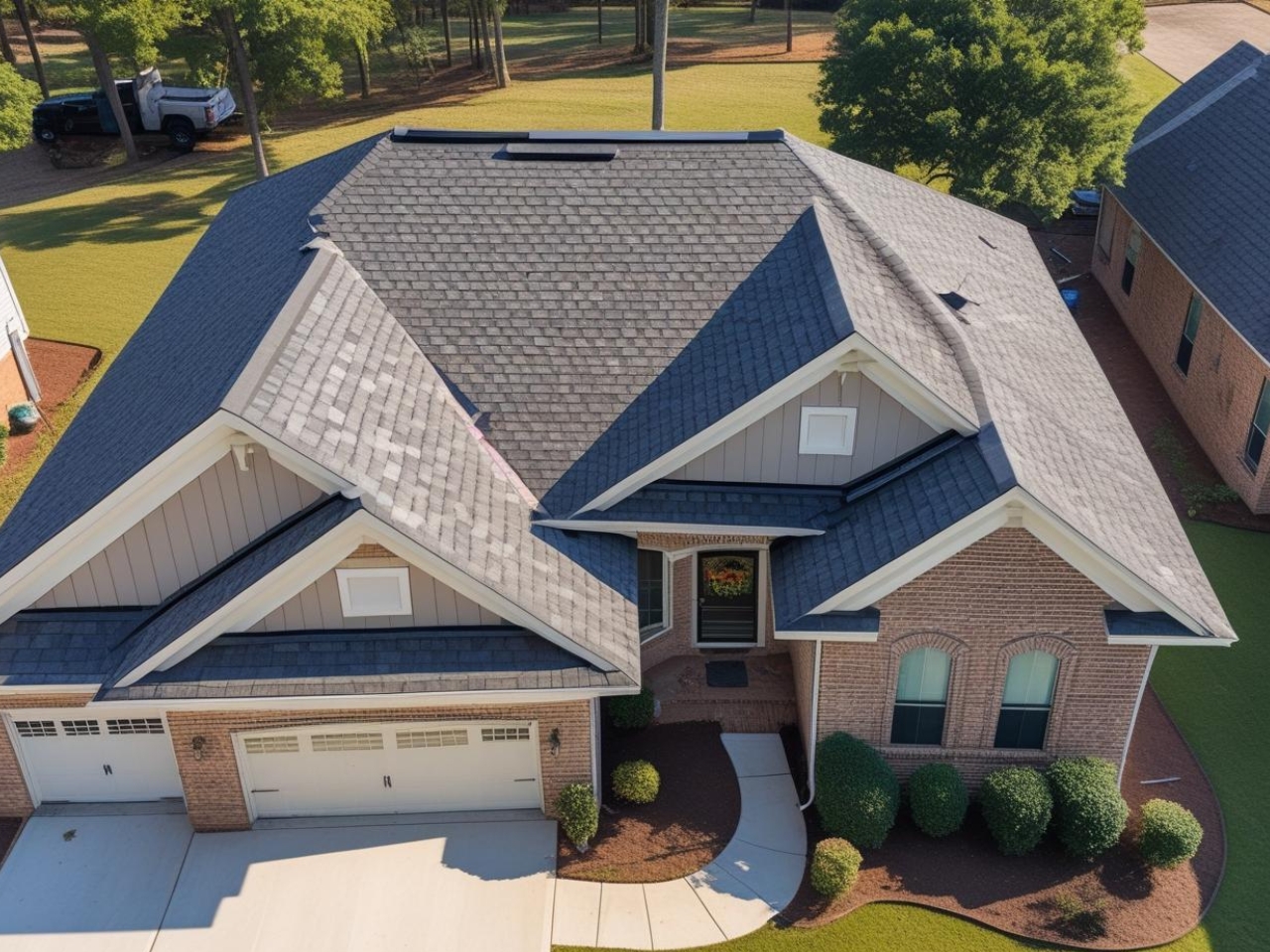
How to Pick a Reliable Storm Damage Roofing Contractor in Franklin Beau Williams May 30, 2025 Roof Replacement Planning for...

The Roofer’s Advice: Is a Roof Repair Necessary Before Selling in Franklin? Beau Williams May 15, 2025 Roof Replacement As...

Asphalt vs. Metal Roofing: Which Is Best for Your Franklin Home? Beau Williams May 7, 2025 Roof Replacement Investing in...
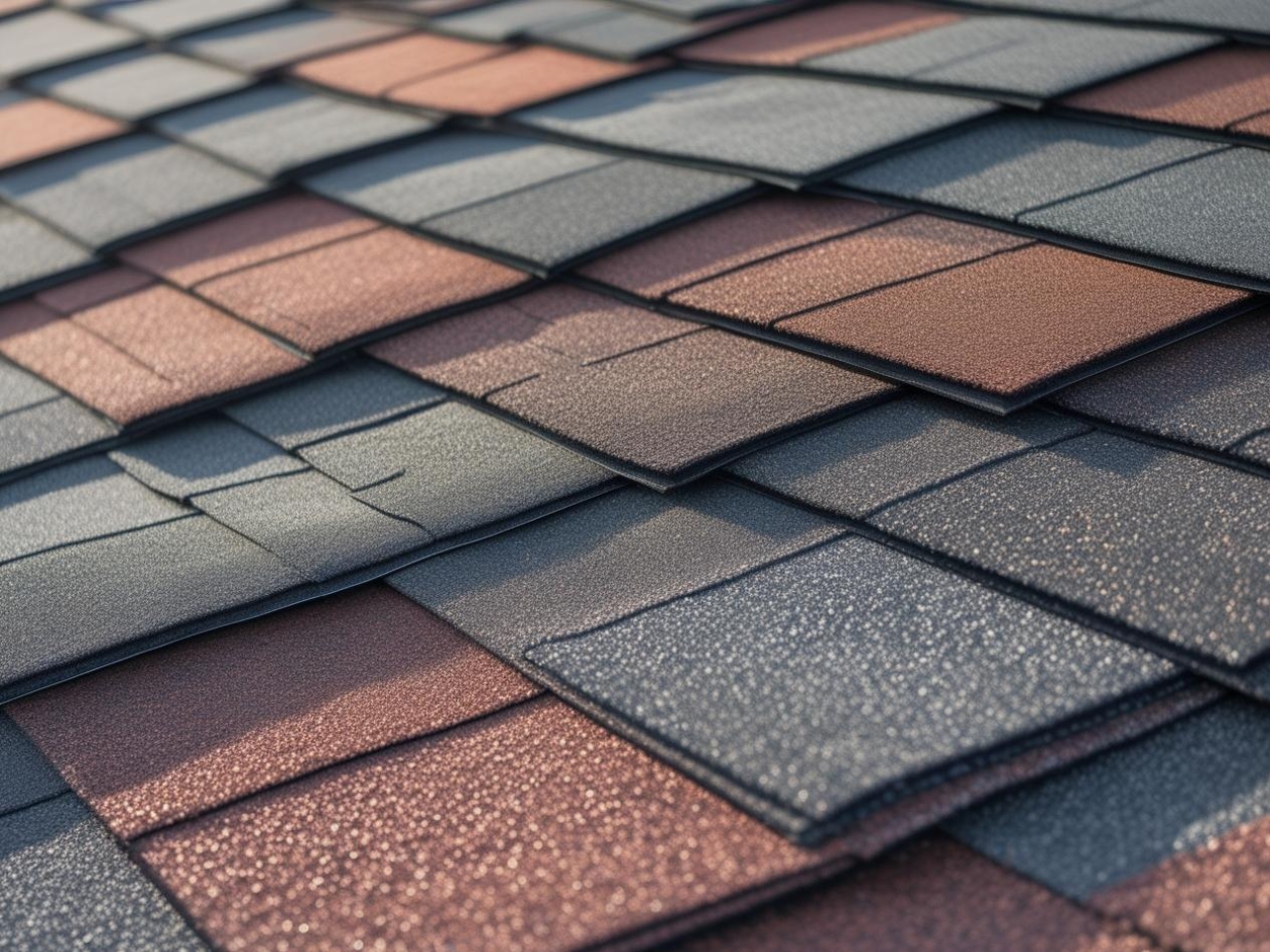
Franklin Roofing 101: Essential Tips for Homeowners Beau Williams May 1, 2025 Roof Replacement When evaluating home maintenance and upgrades,...
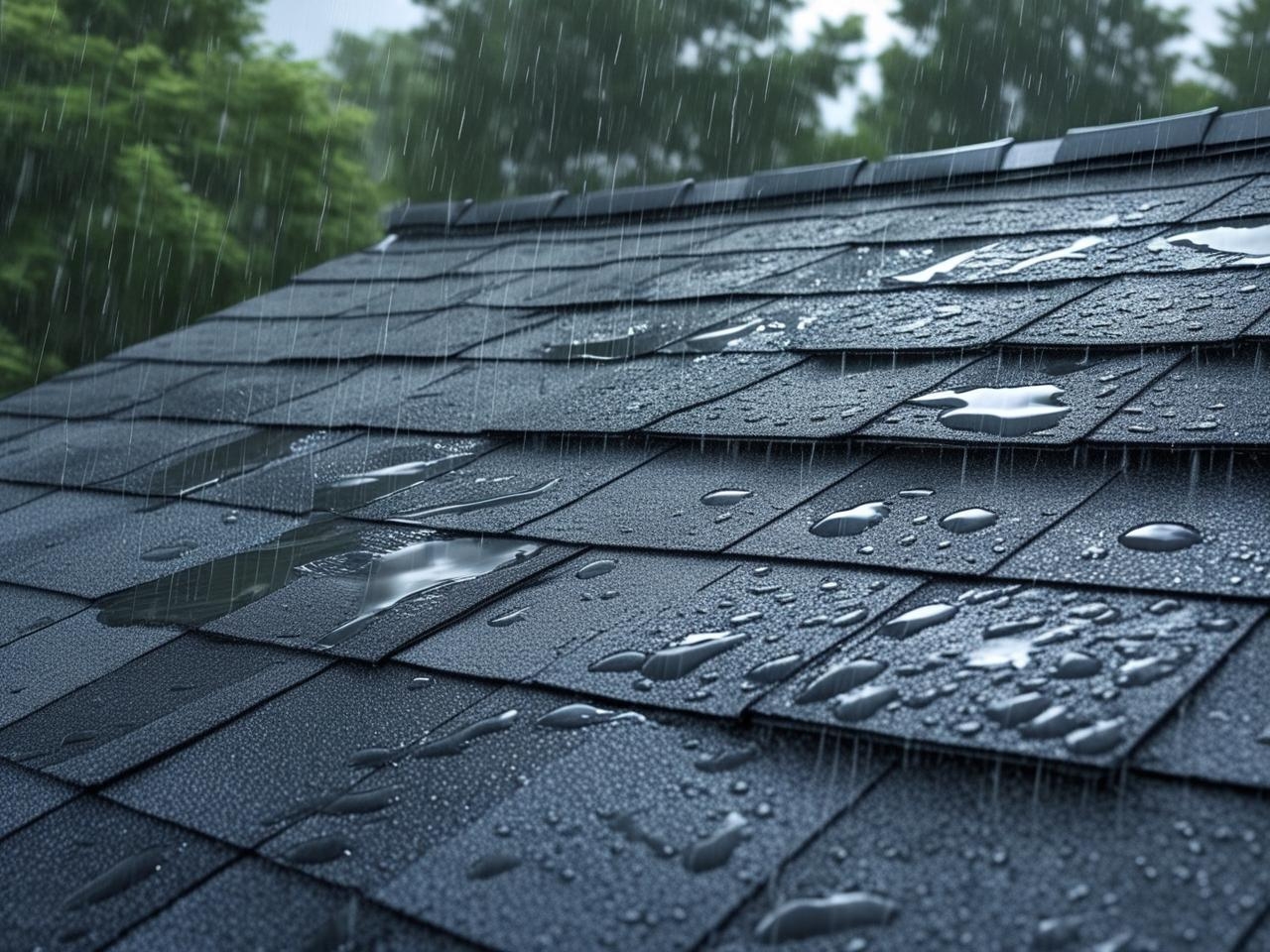
Franklin Roofing 101: Essential Tips for Homeowners Beau Williams May 1, 2025 Roof Replacement Rain can be a soothing sound...

Franklin Roofing 101: Essential Tips for Homeowners Beau Williams May 1, 2025 Roof Replacement Flat roofs are practical, modern, and...
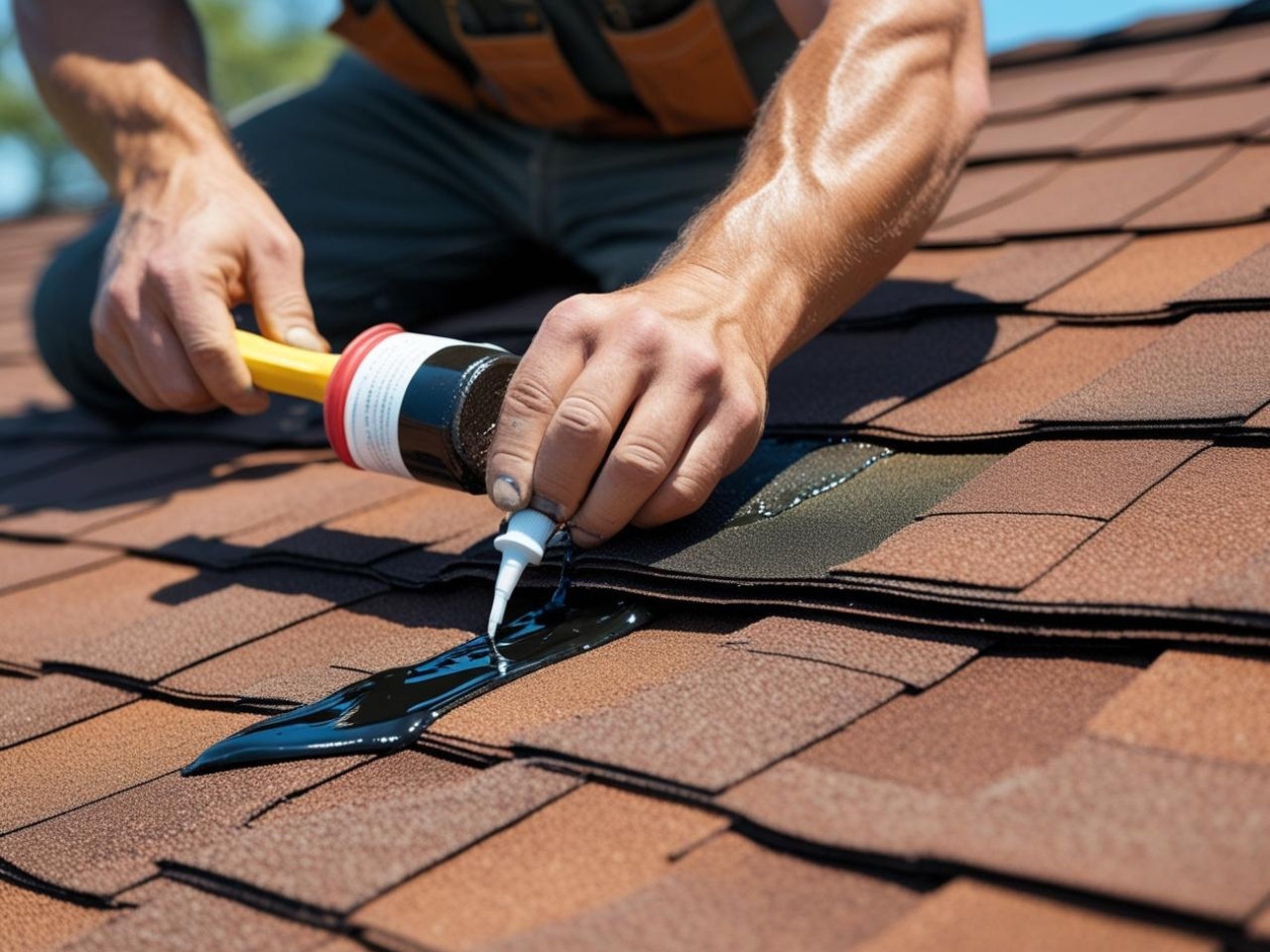
Franklin Roofing 101: Essential Tips for Homeowners Beau Williams May 1, 2025 Roof Replacement Roof issues can be stressful, but...

Franklin Roofing 101: Essential Tips for Homeowners Beau Williams May 1, 2025 Roof Replacement When the time comes to replace...

Beau Williams
Founder of USA Roofing Franklin, delivering top-tier residential & commercial roofing solutions with unmatched expertise.
Get an instant estimate for your roofing project in Franklin, TN
For reference: 1 square = 100 sq ft
The approximate cost for your project is: $0.00
This is a preliminary estimate. For a precise quote, contact USA Roofing for a professional assessment.
USA Roofing | Franklin, TN
Call us at: 615-935-3999
Licensed, Bonded & Insured Roofing Contractor
USA Roofing Franklin – Trusted roofing company in Franklin, TN. Quality service, reliable repairs, and lasting protection for your home. Call today!
615-935-3999
725 Cool Springs Blvd suite 701a, Franklin, TN 37067
© 2025-2026 USA Roofing Franklin • All Rights Reserved | Powered By Noah Aly